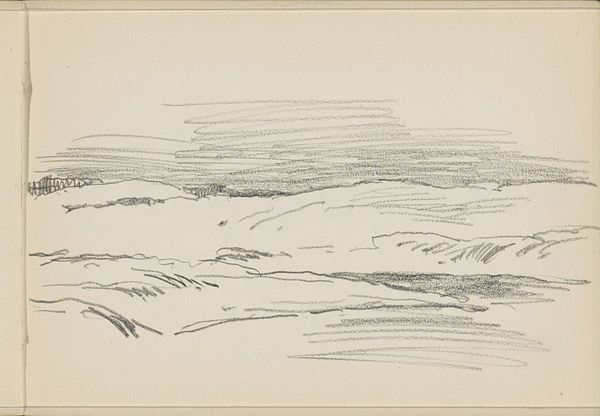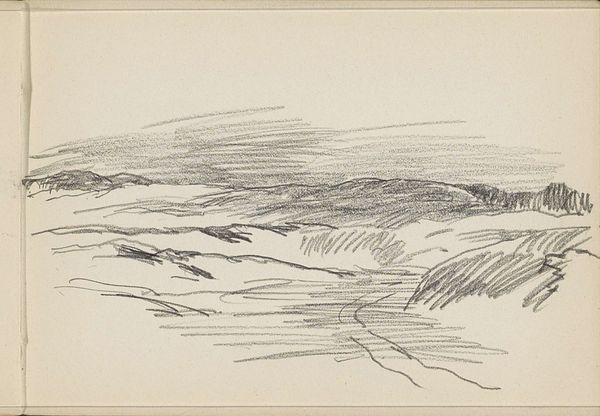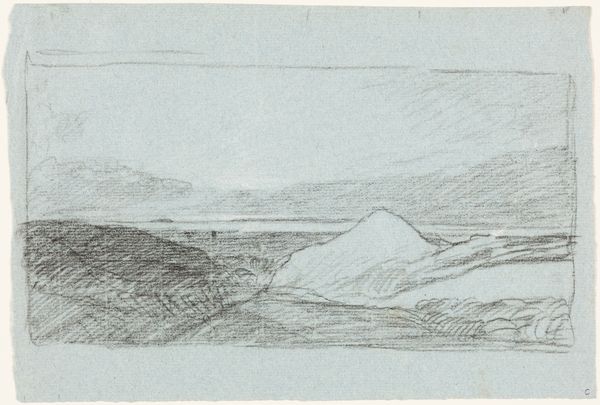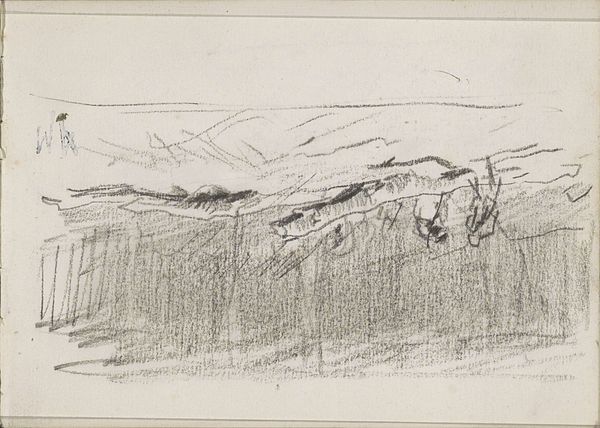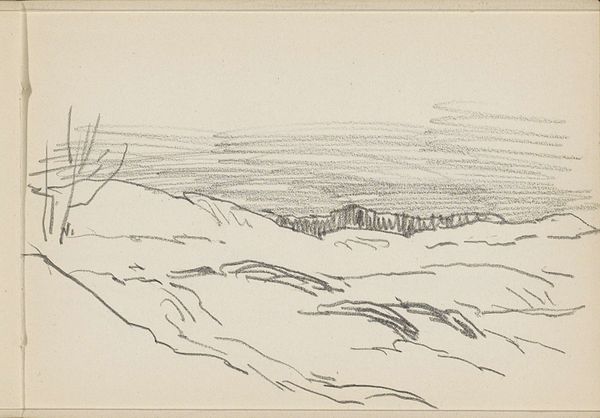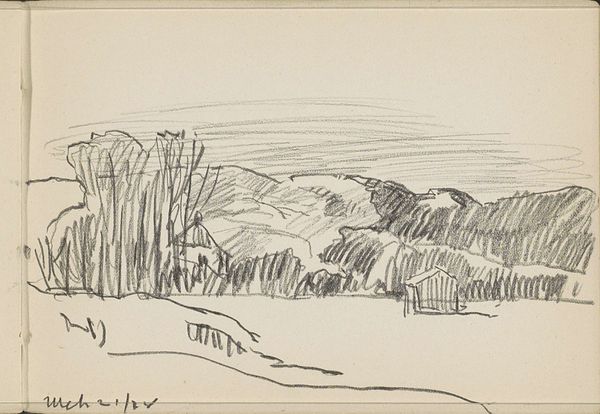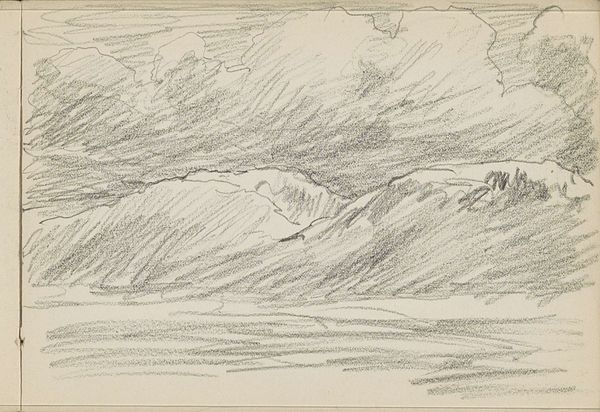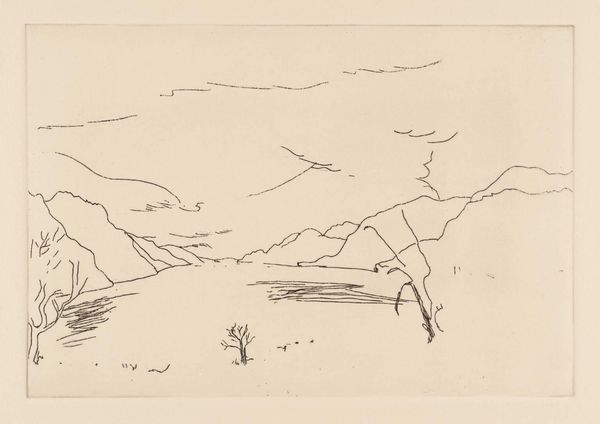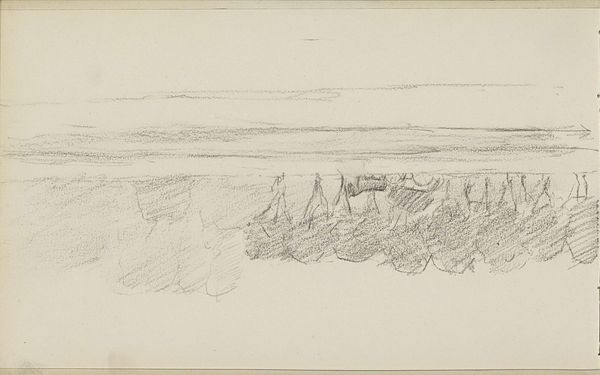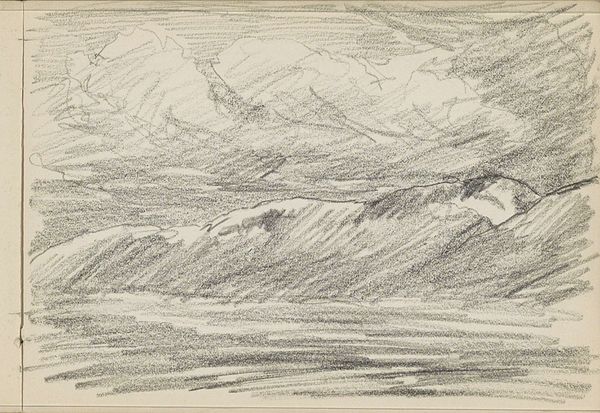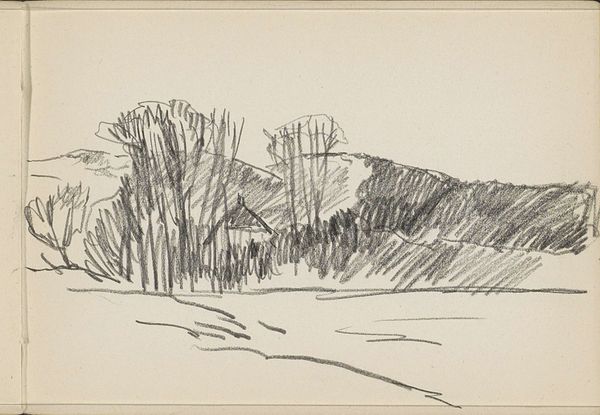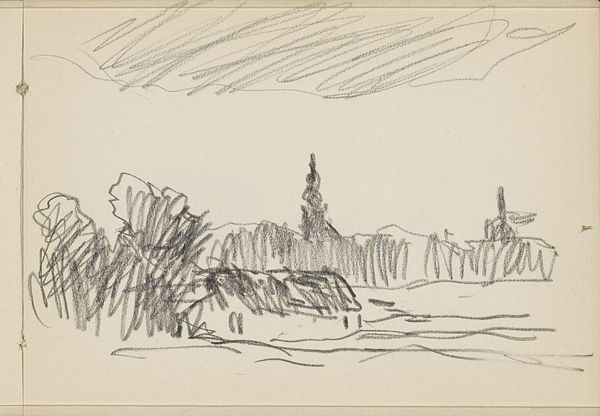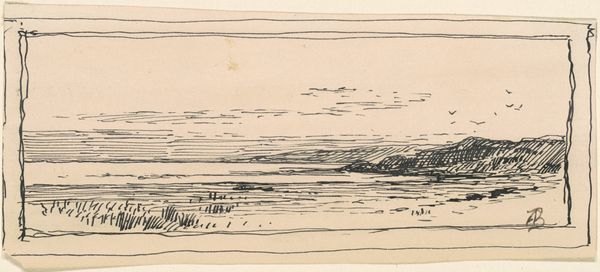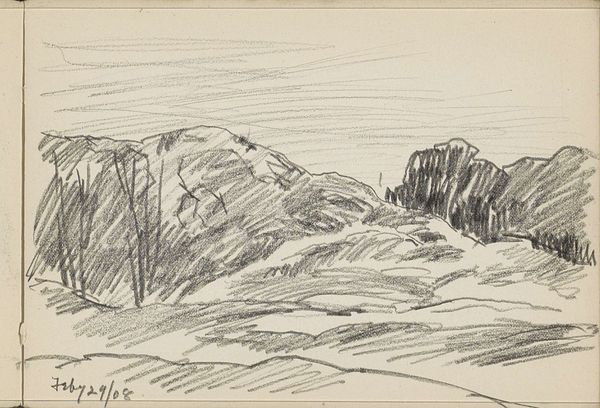
drawing, pencil
#
drawing
#
ink drawing
#
landscape
#
pencil
Copyright: Rijks Museum: Open Domain
Curator: Alexander Shilling’s 1908 drawing, “Duinlandschap,” invites us into a world rendered simply with pencil and ink. Editor: It’s evocative, isn’t it? Sparse, almost desolate, yet possessing a subtle beauty in its simplicity. The artist captures the landscape's essence with minimal lines, suggesting vastness. Curator: Shilling's choice of materials is important here. Pencil and ink are readily available, democratic tools. Was he recording an everyday scene, finding beauty in a mundane locale? We know that the means of production in art during this period often reflected shifting societal values. Editor: Agreed, but look closer. The subtle tonal gradations achieved with the pencil work create depth and texture. The interplay of light and shadow is sophisticated despite the apparent simplicity. It is more than a simple record; it is crafted to make one feel a certain way. The horizontal lines composing the clouds produce tension. Curator: I'm interested in the possible social commentary embedded in such a landscape. Did Shilling use a type of readily obtainable pencil for all people? The labor involved – quick sketches versus detailed paintings, mass production versus individual craft—those decisions speak volumes about his relationship with the art market. How the piece circulates and who has access is also critical. Editor: Certainly, that context matters. But the semiotics of landscape, particularly through horizontal composition and texture of the stroke, evokes something universal here. One can feel both a literal breeze and something larger, something about the human spirit encountering the elements. Curator: By thinking about materials and social issues, we bring to the fore broader dialogues concerning access to art and its relationship to labor, value, and systems. Editor: Exactly. Seeing that interplay between what's visibly represented and how we analyze the choices about making yields deeper insights.
Comments
No comments
Be the first to comment and join the conversation on the ultimate creative platform.
